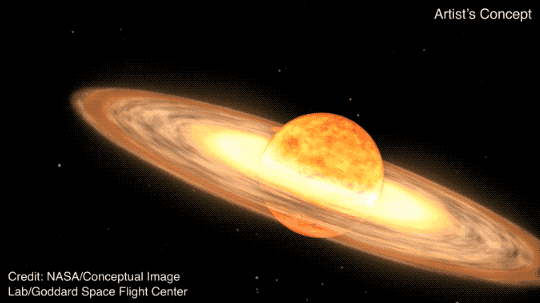Science behind once-in-a-lifetime event that will light up sky this year

A star system, named T Coronae Borealis (T CrB), is predicted to become visible to the unaided eye soon. According to NASA, the outburst will appear as a new bright star in the Northern Crown and the event could be a once-in-a-lifetime viewing opportunity as the nova outburst occurs about every 80 years.
Jonathan Blazek, an assistant professor of physics at Northeastern University, says that it's not technically a new star, just a star that is now bright enough for people to see more clearly, but it provides an opportunity to see and understand the cosmos in a new way.
Located 3,000 light-years away from Earth, T CrB is a binary system with a white dwarf and a red giant. The latter, under the strain of rising temperature and pressure, begins shedding its outer layers and the white dwarf collects it onto its surface. The shallow dense atmosphere of the white dwarf eventually heats enough to cause a runaway thermonuclear reaction, producing the nova we see from Earth.
Blazek says star systems like T CrB are particularly interesting for astrophysicists because they are prime candidates for Type 1a supernovae - a colossal stellar explosion that occurs in binary star systems where one of the stars is a white dwarf.
Supernovae are so powerful that they end up destroying a star. Type 1a supernovae, in particular, are known for their consistent peak luminosity, which means they likely always happen to stars of the same mass, Blazek says.
"You can basically map out how bright something is at different distances away and use that to say, 'How is the universe changing at different distances?' This is actually how they discovered dark energy, Blazek added.
More details can be found here.










